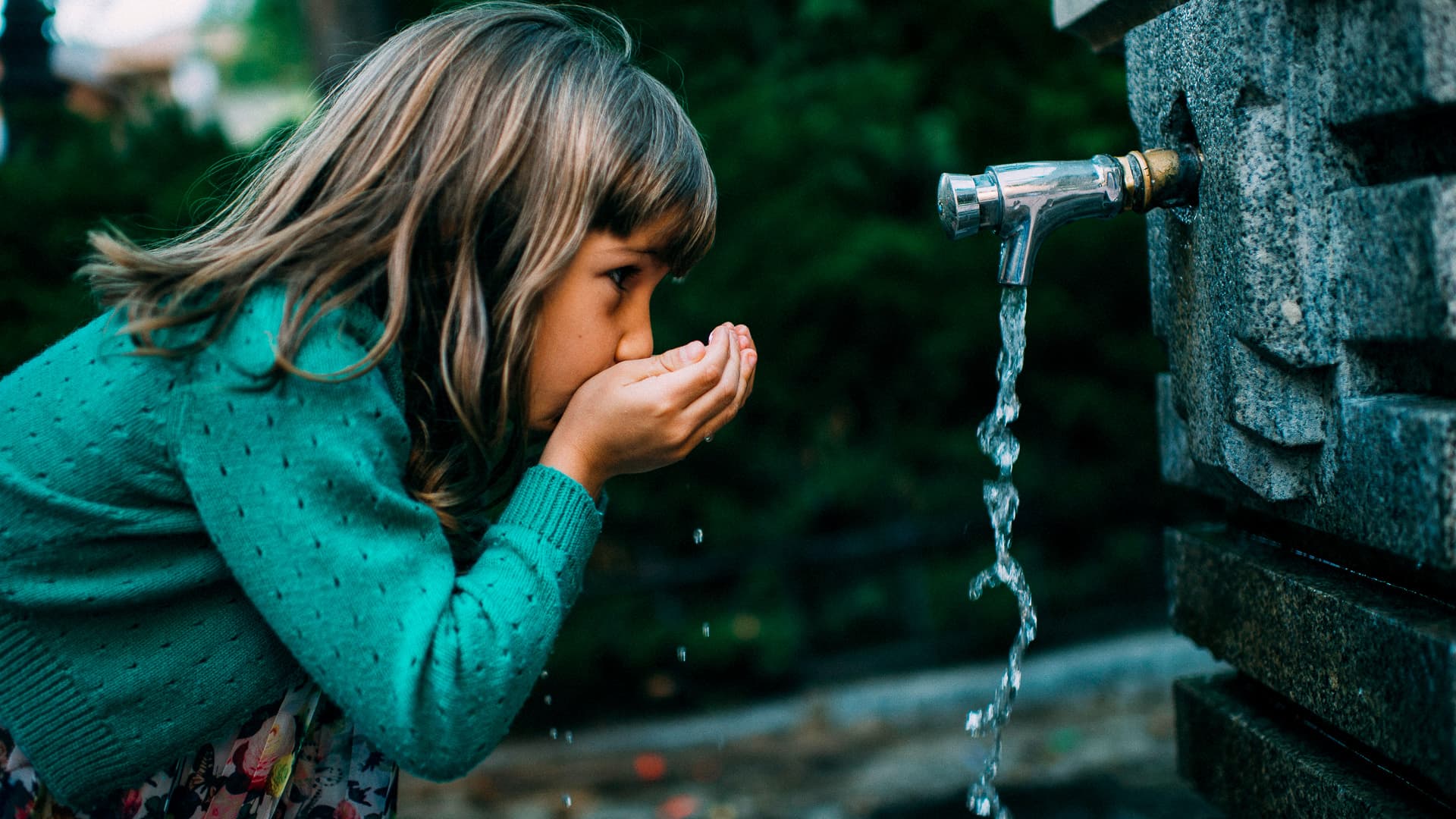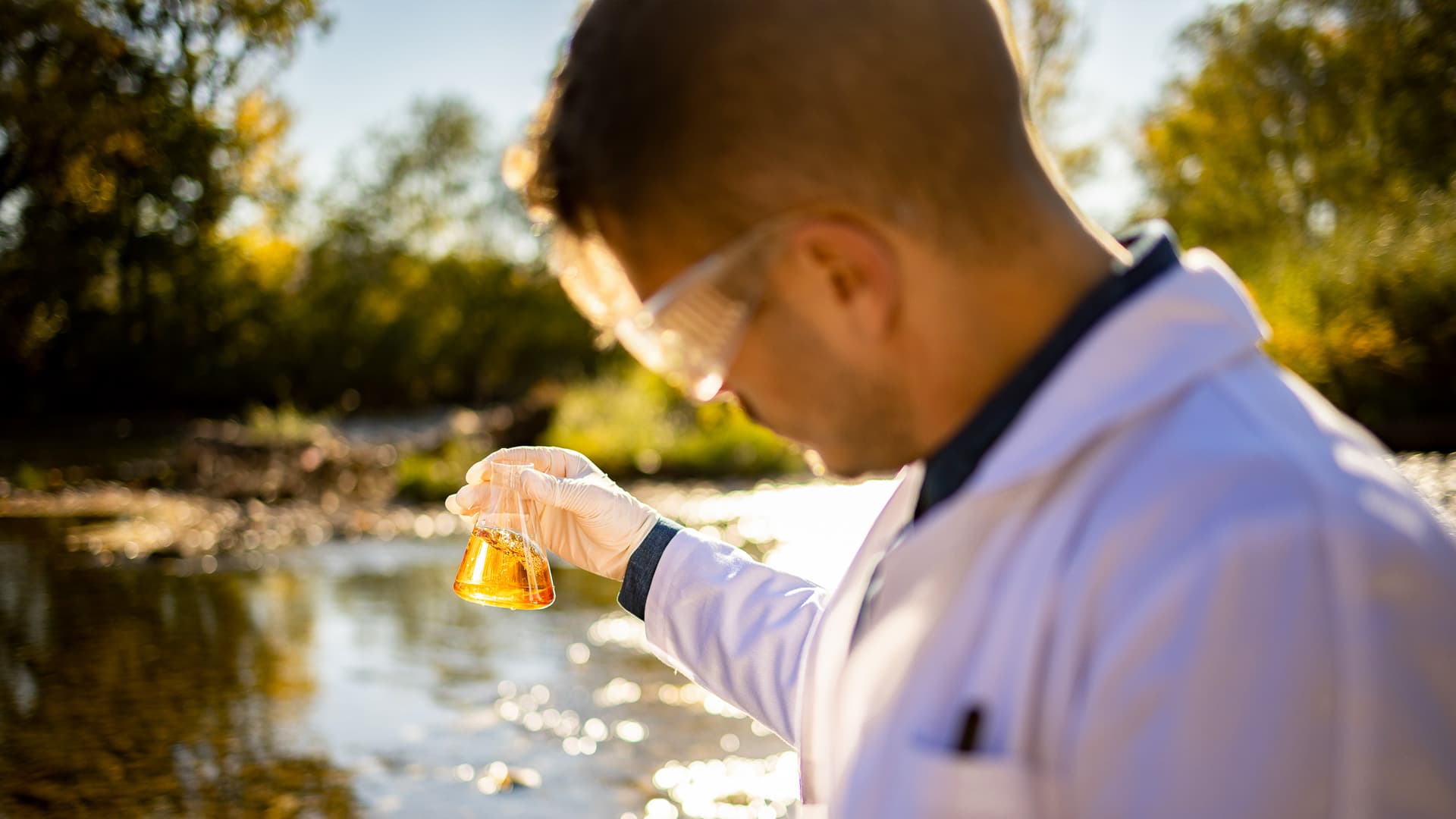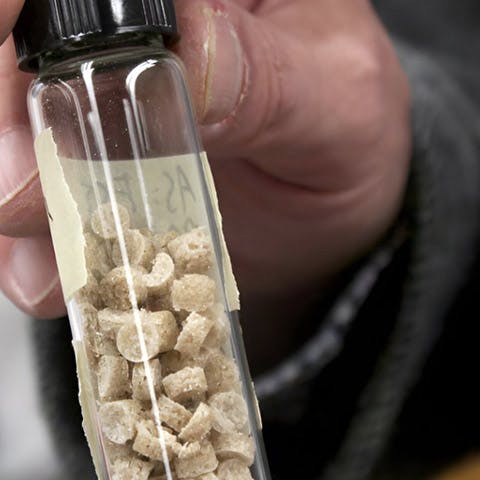The source for the latest water news














Department of the Interior
Apr 25
Department of the Interior announces new interagency effort to support tribal water infrastructure
The Department of the Interior’s Bureau of Reclamation and Indian Health Service announced a new Memorandum of Understanding to further develop safe drinking water and community sanitation infrastructure projects across Indian Country. Principal Deputy Assistant Secretary for Water and Science Michael Brain made the announcement at the White House’s first-ever Clean Water Summit, alongside Indian Health Service Deputy Director Benjamin Smith and Yakama Nation Chairman Gerald Lewis. Reclamation Commissioner Camille Calimlim Touton also spoke on a panel at the event to uplift Reclamation’s investments in climate and drought resilience across the West.

